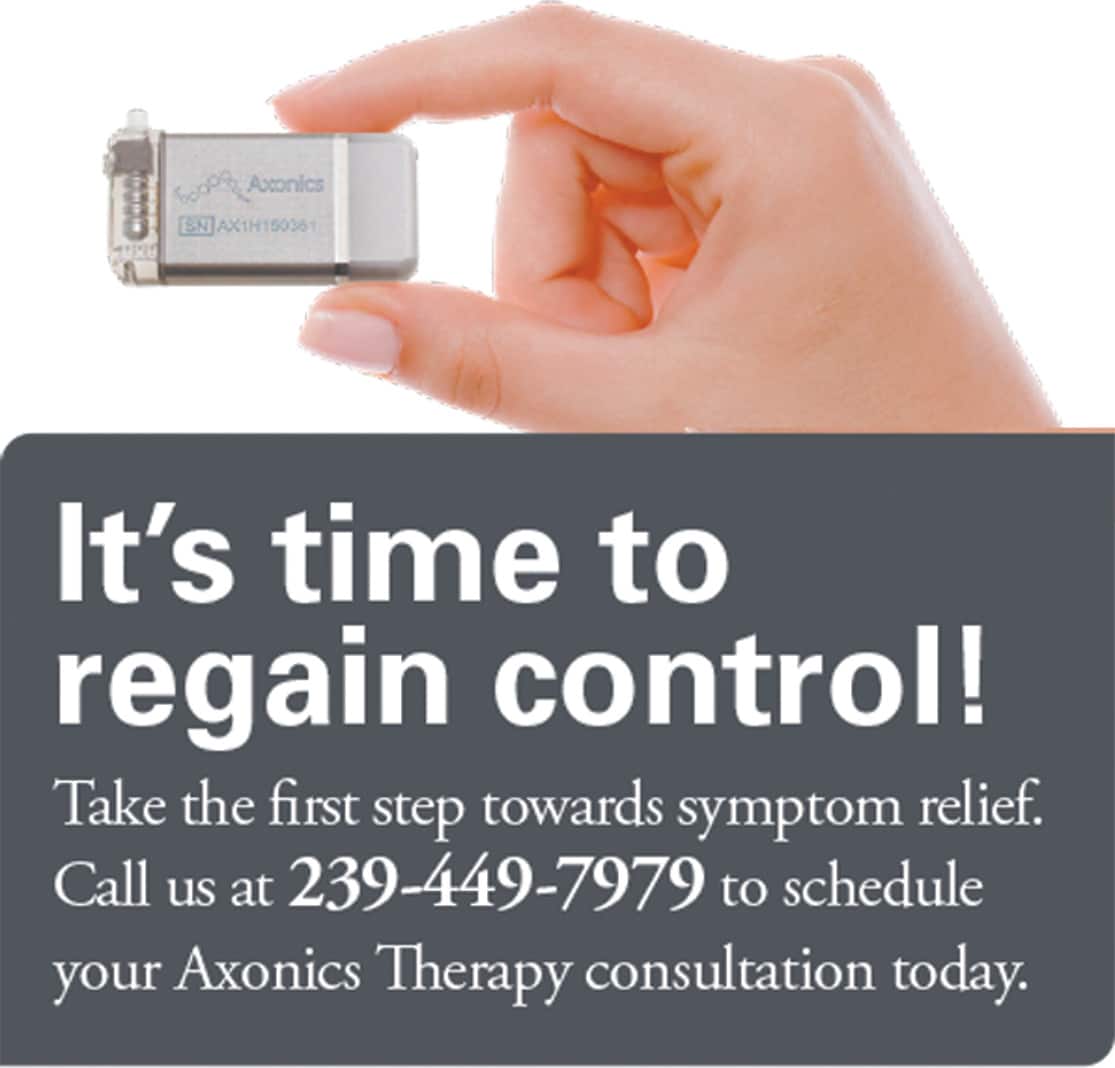By Dr. Noël Crosby, Au.D.
Hearing aids require regular maintenance. Without proper care and maintenance, hearing aids may not perform correctly. This means you may not be able to hear as well, or as clearly as you should. One of the single most important things that you can do is invest in a hearing aid dryer or dehumidifier. Hearing aids are constantly exposed to moisture. The most common exposures are sweat from around the ear, ear wax and humidity in the environment. A hearing aid dehumidifier is helpful in drying the moisture that builds up inside hearing aids. Talk with your hearing professional about a hearing aid dryer. These devices vary in price, but are a great investment. They can add years to the useful life of the hearing aids and can prevent the need for costly repairs due corrosion from moisture. Most dryers are very easy to use, simply remove your hearing aid from your ear, open the battery doors and place the hearing aid in the dehumidifier. Another good investment for your hearing aid is a sleeve that goes over your hearing aid that helps prevent external moisture from reaching and damaging your aid. The most common type of sleeve is manufactured by a company called EAR GEAR. www.gearforears.com
When you remove your hearing aid, wipe it carefully with a dry, soft cloth. Inspect the portion of the hearing aid that fits down into the ear canal. Remove any visible earwax using the cleaning tool provided with your hearing aid–this is usually a brush or wire pick. This is easier to accomplish when the hearing aid is first removed from the dryer when the wax is hard. There are also special sprays you can purchase that are designed specifically for the cleaning and disinfecting of hearing aids without causing damage to the hearing aid shell, earmold or circuitry. Ear wax is not a sign of poor hygiene. In fact, it’s 100% natural and beneficial. It traps the dust, pollen and other airborne debris channeled down the ear canal each day before it reaches the ear drum. The ear wax then naturally works its way down and out of the ear canal, taking all the debris with it; however, ear wax and hearing aids don’t get along. Ear wax can work its way into hearing aids and can clog the hearing aid speaker or microphone which can result in hearing aids not performing correctly. Ear wax, along with moisture, are the most common reasons hearing aids are sent in for expensive repairs. With proper care and cleaning you can reduce the negative effects of ear wax on your hearing aids. The second step is to clean the receiver opening and/or tubing, which is the end that goes into your ear canal. If either gets plugged with wax, you will have significant performance issues. You may experience reduced volume. If you wear a custom in-the-ear (ITE) hearing aid, your hearing professional can properly instruct you on how to clean wax from the receiver (speaker) tubing. In fact hearing aids typically come with a special wire tool designed to carefully remove wax. It is important that you be very careful using any type of tool near the microphone or speaker. Both microphones and speakers are easily damaged. You should visit your hearing professional for this type of cleaning. Additionally many hearing aid manufacturers utilize wax guards that snap into the end of hearing aids.
These guards can prevent wax from reaching the internal circuitry of the hearing aid and are easy to change when they become clogged with wax. If you wear a behind-the-ear (BTE) hearing aid, with either a custom earmold or an open-fit dome, they also can be cleaned. Discuss with your hearing professional the best cleaning technique based on your earmold type. Some can even be removed from the tubing and washed. Others simply require special tools to remove wax. Finally, practice good ear hygiene, and no, that does NOT mean reaming out your ears with a cotton swab. That’s the worst thing you can do. If ear wax build-up is a problem (it is worse for some than others) purchase an over-the-counter ear cleaning kit that contains a wax softener. Follow the directions on the box and you’ll keep your ears clean enough. Short side note: if you overuse these ear cleaning products, you may end up with itchy ears. Remember, ear wax is natural, beneficial and it’s supposed to be there. If you are unable to manage the ear wax on your own with a softening agent, visit an audiologist or physician for safe ear wax removal.
IMPORTANT DON’TS
• Do not use solvents or alcohol on the hearing aids as there is a possibility that they could breakdown the hearing aid material or damage the circuitry.
• Do not place the hearing aids in direct heat; this includes leaving them in the sun or in the car, placing them in a microwave or conventional oven, or using a hair dryer on them.
• Do not allow your hearing aids to get wet. This includes showering or bathing, going to the swimming pool or sauna, and submerging your hearing aids in any kind of liquid for any reason.
• Do not drop your hearing aids. Your hearing aids may survive a fall on a carpet or other soft place, but hard surfaces can damage your hearing aids. As a precaution, we recommend placing a towel or other soft “landing spot” near the place where you are inserting or removing your hearing aids.
• Do not use hairsprays, sunscreen, creams or gels on your hair or ears while wearing the hearing aids. These materials can clog the microphone and even begin to break down the plastic of the hearing aid case. Use these products first and then insert the hearing aid.
• Do not store your hearing aids where young children or pets can reach them. Pets can destroy your investment in a matter of seconds. Young children like to experiment with hearing aids and can accidentally swallow the batteries. If hearing aid batteries are swallowed, immediately notify your doctor and call the National Button Battery Hotline collect at (202) 625-3333.
All the above are important considerations for maintaining optimal hearing aid performance. The important thing to remember is that not everyone is comfortable with or able to perform all these maintenance tasks themselves. If you are unable to maintain your hearing aid yourself, you should consult with your hearing professional to set up a maintenance plan.
PROFESSIONAL BIO
Dr. Noël Crosby, Au.D., owner and practicing audiologist at Advanced Hearing Solutions in Englewood, FL is an experienced professional whose career has been devoted to helping people of all ages hear and understand more clearly.
With over 23 years of experience, Dr. Crosby’s career path is marked by the pursuit of advanced education. After completing her undergraduate requirements, she received her Bachelor and Master of Science degrees from Florida State University and her Doctorate in Audiology from the University of Florida.
Her credibility as an authority grew during her tenure as the Director of Audiology at the Silverstein Institute in Sarasota, FL from 1991-1998. Today, in addition to managing a successful audiology practice, Dr. Crosby just completed her second term as president of The Florida Academy of Audiology.
941-474-8393 | www.drnoelcrosby.com








